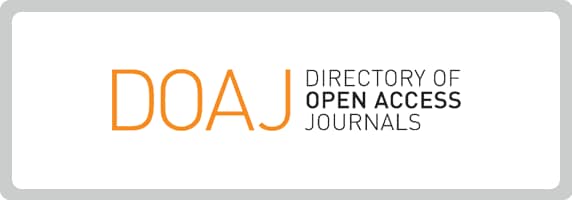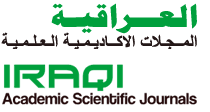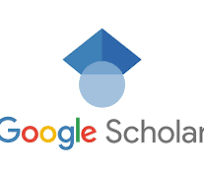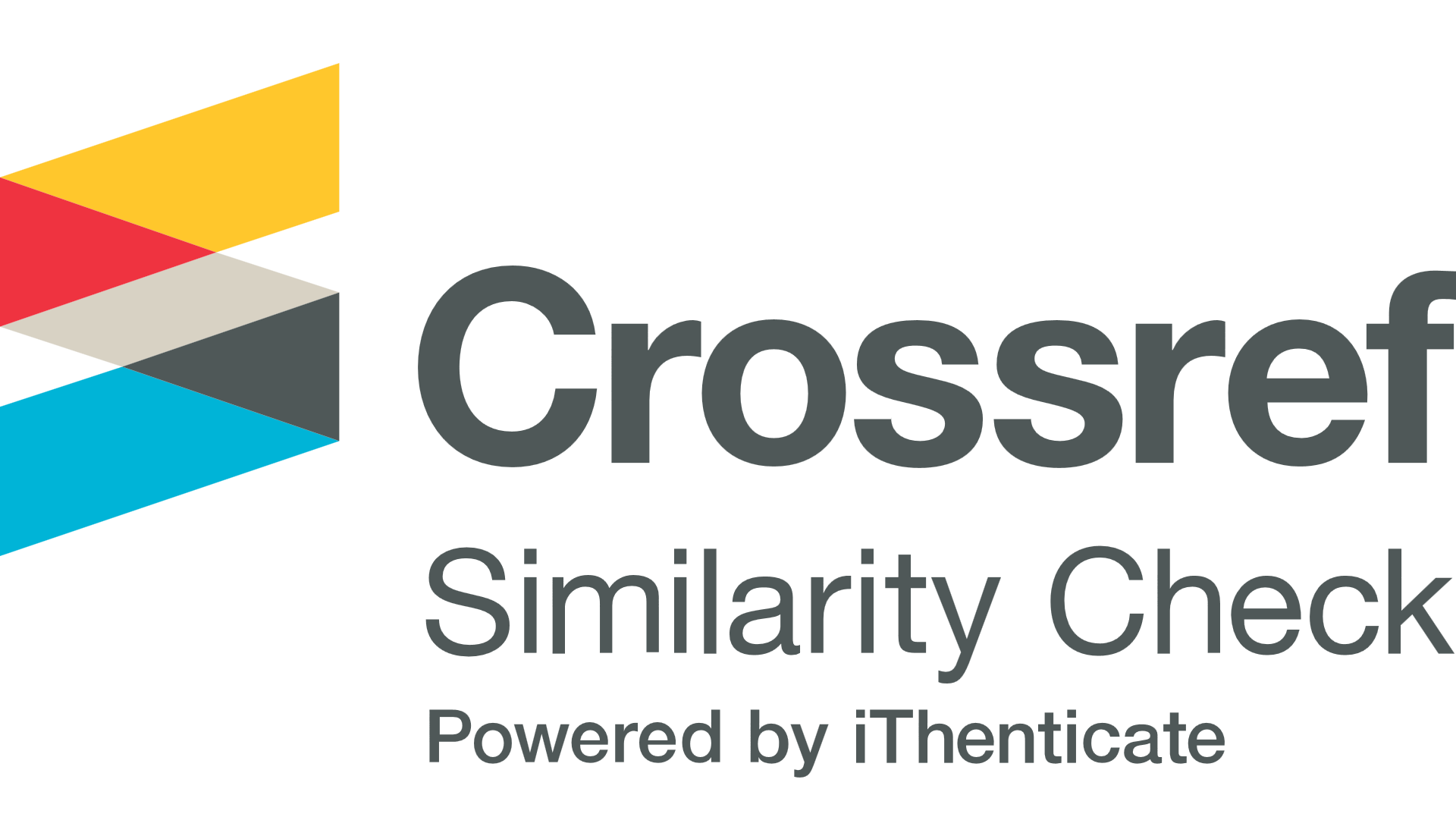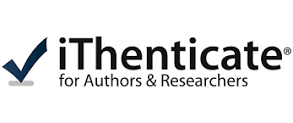Authors should submit their manuscripts electronically through the Journal website submission system to the Editorial Office. Journal Website: https://ojs.uomosul.edu.iq/index.php/edusj. The publication fees are 125000 ID for researchers from inside Iraq without processing and submission charges. FREE OF CHARGE for researchers outside Iraq.
Download Documents
1: PREPARATION OF MANUSCRIPTS
Manuscripts must be submitted in English and Arabic and written according to proper grammar and terminology. From July 2025, JES will accept the submmeted articles in English ONLY. Manuscripts should be typed in Times New Roman of 12 pt. font and MS Word format in one column using A4 paper size; the marginal space from up and the downside is 2.98 cm, from the left side 2 cm, while from the right side 1.61. No line number should be applied to the manuscript. Manuscript submission must be applied once to obtain only one submission ID number. More than one submission for a single manuscript can lose the chance of manuscript consideration.
1-1: English Language Writing
All publications in the JES are in English language only. Authors whose first language is not English should ensure their manuscript is written in conversational English before submission. Please write your text in good English (American or British usage is accepted, but not a mixture). The JES provides no language and copy-editing services; hence, authors who feel their manuscript may require editing to eliminate possible grammatical or spelling errors are encouraged to obtain such services before submission. Authors are responsible for all costs associated with such services.
1-2: New Submissions
Submission to the JES journal proceeds online, and authors will be guided stepwise through creating and uploading the manuscript files. As part of the manuscript, authors may submit the manuscript as a single file to be used in the refereeing process. This can be a Word document (*.docx) used by referees to evaluate the manuscript. All figures and tables should be embedded and included in the main manuscript file in the result section; separating these items at the end of the manuscript will increase the chance of manuscript rejection.
1-3: References
References list must be provided according to the format of the JES references in a consistent style. Where applicable, it should be formatted as follows,
Author(s) name(s). article title. Journal abbreviation. year of publication;volume(issue number):pagination. DOI:
1-4: Revised Submissions
Regardless of the file format of the original submission, at revision, the authors are instructed to submit their Manuscript in JES format in a Word document with extension *.docx only. Keep the layout of the text as simple as possible. To avoid unnecessary errors, the authors are strongly advised to use 'spell-check' and 'grammar-check for the submitted manuscript. At this stage, the author(s) name, affiliation, emails, and ORCID should be inserted in the main manuscript file.
2: MANUSCRIPT STRUCTURE
Manuscript literature and tenses must be structured as Title; Abstract; Keywords; Introduction; Materials and Methods; Results and Discussion; Conclusion; Acknowledgements; and References submitted in a file with limited size.
2-1: Manuscript Title
The title of up to 17 words should not contain the name of the research's locations, countries, or cities, as well as abbreviations. Avoid complicated and technical expressions, and do not use vague expressions. The author whose Arabic language is their native language should submit an Arabic title.
2-2: Abstract
An abstract of 150 to 250 words that sketches the purpose of the study; basic procedures; main findings, novelty; discussions, and principal conclusions, should not contain any undefined abbreviations or references. The author whose Arabic language the native language should submit Arabic abstract.
2-3: Keywords
Provide 3 to 5 keywords that can be used for indexing purposes. Keywords should not repeat the words of the manuscript title or contain abbreviations and shall be written in alphabetical order as separated by a semicolon. Abbreviations should be defined at first mention and used consistently throughout the text. The author whose Arabic language the native language should submit Arabic Keywords.
2-4: Introduction
Describes the background of the investigation with updated information briefly and state the aim of the study.
2-5: Materials and Methods
Provide sufficient details to enable the experiments to be reproduced. Support the techniques and methods used with references. Metric and standard international units should be used in this section and throughout the manuscript. Specify the computer software used for statistical analysis and define statistical terms, abbreviations, and symbols applied.
2-6: Results
Present the results and their significance. Graphs and tables should be self-explanatory. Do not repeat in figures the data presented in tables. Tables and figures should be numbered in the order of their mention in the text.
2-7: Discussion
Relevant updated references support deals with critical review and interpretations of the results. Repetition of data should be avoided. It should end with brief conclusions. In Short Communications, Results and Discussion may be combined.
2-8: Conclusion
This section should highlight the major firm discoveries and state the added value of the main finding without literature references.
2-9: Acknowledgements
Acknowledgments of people, grants, funds, etc., should be placed in a separate section before the reference list. The names of funding organizations should be written in full. Financial support affiliation of the study, if it exists, must be mentioned in this section. Thereby, the Grant number of financial support must be included.
2-10: Conflict of Interest
A conflict of interest statement must be placed in the manuscript below: "The authors declare that there are no conflicts of interest regarding the publication and/or funding of this manuscript."
2-11: References
All references should be to the most relevant and up-to-date sources. References are written in IEEE style, numbered (in brackets) consecutively in the text in the order in which they are first mentioned, and listed at the end of the manuscript. Titles of journals should be abbreviated according to the List of Journals Indexed for MEDLINE (https://www.ncbi.nlm.nih.gov/). Please use a consistent format for references – see examples below. (12 pt). Personal communications or unpublished data should not be mentioned in the text or list of references.
3: EXAMPLE of REFERENCES
1- Journal article: Bingham CM, Wilson PR, Davies AS, "A new Solution based on Inter-Vehicle Communication to Reduce Traffic jam in Highway Environment," IEEE Lat. Am. Trans., vol. 13, no. 3, pp. 721–726, 2015, doi: 10.1109/TLA.2015.7069097.
2- Book: Wanamaker BP, Pettes CL. Applied pharmacology for the veterinary technician. 1st ed. Philadelphia: WB Saunders Company; 1996. 372 p.
3- Chapter in a book: Chabala JC, Miller MW. Chemistry of antiprotozoal agents. In: Campbell WC, Rew RS, editors. Chemotherapy of parasitic diseases. New York: Plenum Press; 1986. 25-85 p.
4- Ph.D. Dissertation: Zhao C. Development of nanoelectrospray and application to protein research and drug discovery [Ph.D. dissertation]. Buffalo: State University of New York at Buffalo; 2005. 276 p.
5- Master's thesis: Roguskie JM. The role of Pseudomonas aeruginosa 1244 pilin glycan in virulence [master's thesis]. Pittsburgh: Duquesne University; 2005. 111 p.
4: TABLES
Do not submit tables as a photograph. Tables should be set within the text and have a clear and rational structure and consecutive numerical order. All tables should be numbered (1, 2, 3, etc.). Give enough information in subtitles so that each table is understandable without reference to the text. For each table, please supply a table caption (title) explaining the components of the table. Identify any previously published material by referencing the source at the end of the table caption.
5: FIGURES
Figures/ illustrations should be in high-quality artwork, within 200-300 dpi. Ensure that figures are clear, labeled, and of a size that can be reproduced legibly in the journal. Figures should be set within the text. The following remarks should be applied to the figures:
1- Each figure should have a concise caption describing accurately what the figure depicts. Include the captions in the text of the manuscript.
2- Figure captions begin with the term Figures. Figures should be with captions placed below the figure.
3- No punctuation is to be placed at the end of the caption.
4- Identify all elements found in the figure in the figure caption, and use boxes, circles, etc., as coordinate points in graphs.
5- Identify previously published material by giving the source as a reference citation at the end of the figure caption.
6: SUBMISSION OF FINAL CHECKLIST
- Read the Journal's Guide for Authors and make sure that the manuscript (text, tables, and figures) meets Journal requirements.
- The manuscript contains the main sections outlined in Journal's Guide for Authors.
- Spell-check the Manuscript.
- All authors must read the Ethics in publishing, Plagiarism prevention, Violation of publication ethics, and Handling misconduct cases before being submitted to the JES.
- The manuscript has been read and approved by all listed authors.
- The Corresponding Author and the whole contributors of the manuscript are advised to be registered at the journal website to keep their names in the manuscript bio-sketches.
